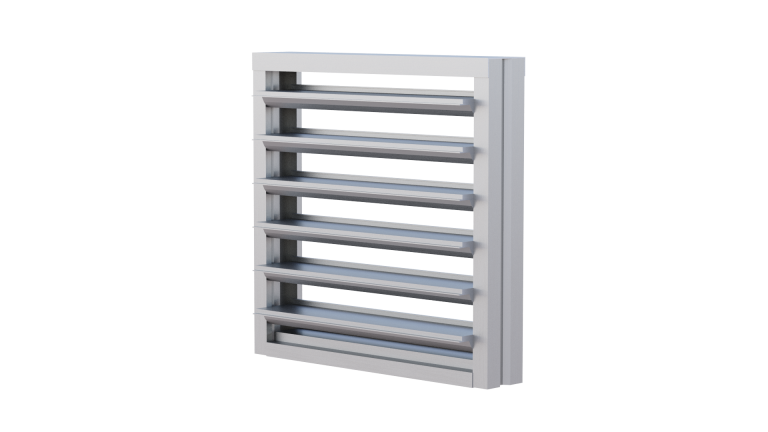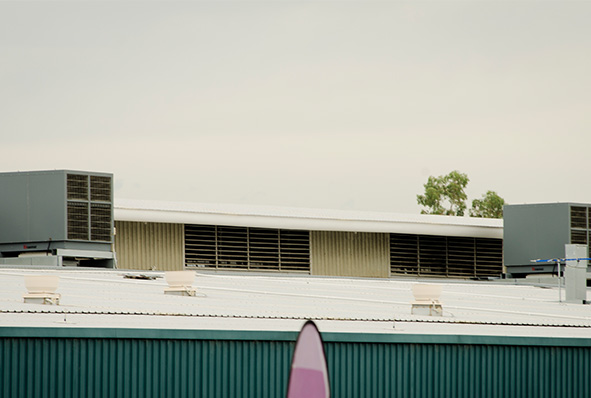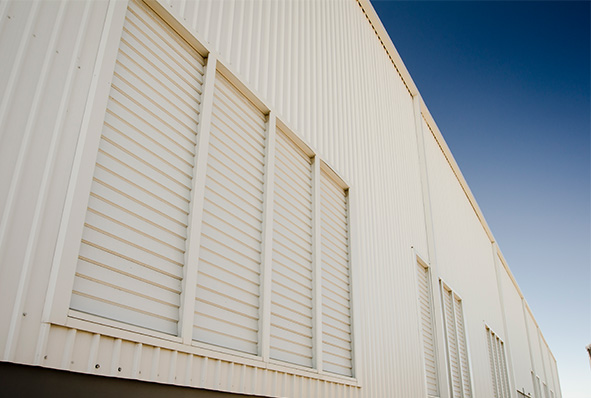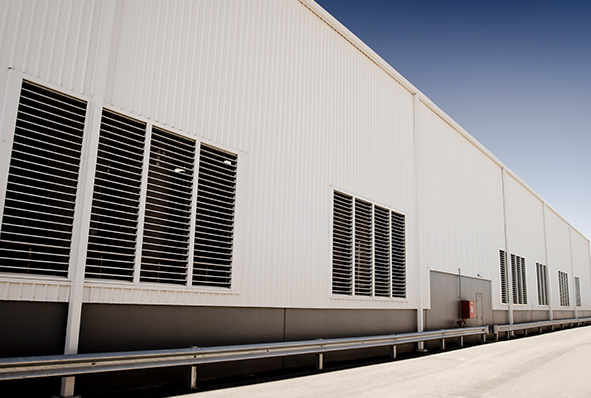
Huff® Operable Roof & Wall Louvre
Overview
The Huff® Operable Roof and Wall Louvre is Tested and Engineered to AS 2428.1,2,4 & 5. Where Fire Engineers and Designers are needing a guaranteed performance solution, this Fire Vent is the ultimate solution. The Huff® Fire Ventilator can be operated using a variety of pneumatic, electric fire rated control systems linked by a control box to Fire Indicator Panel systems. Whilst this is often used for automatic fire and smoke venting and heat and smoke exhaust, the Arcadia Huff® Louvre can be used as a Hybrid system to provide natural ventilation for occupancy comfort.
Dimensions and Exhaust Capacity
Many buildings require fire ventilators for smoke and heat exhaust as specified by a fire engineer or to satisfy AS 2665 or as required by the Building Code of Australia (Parts C2 and E2). The quantity and size of the ventilator can generally be determined as follows:
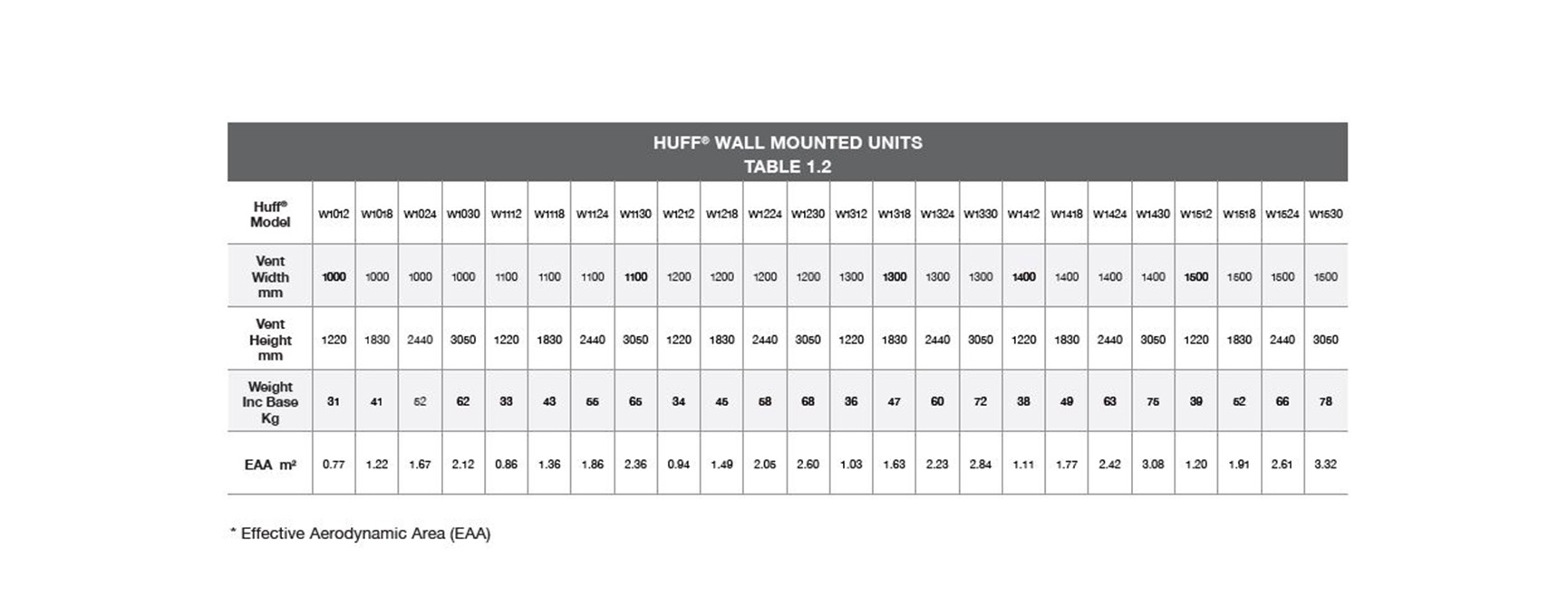

Features
Choosing a natural smoke and heat exhaust over a mechanical system
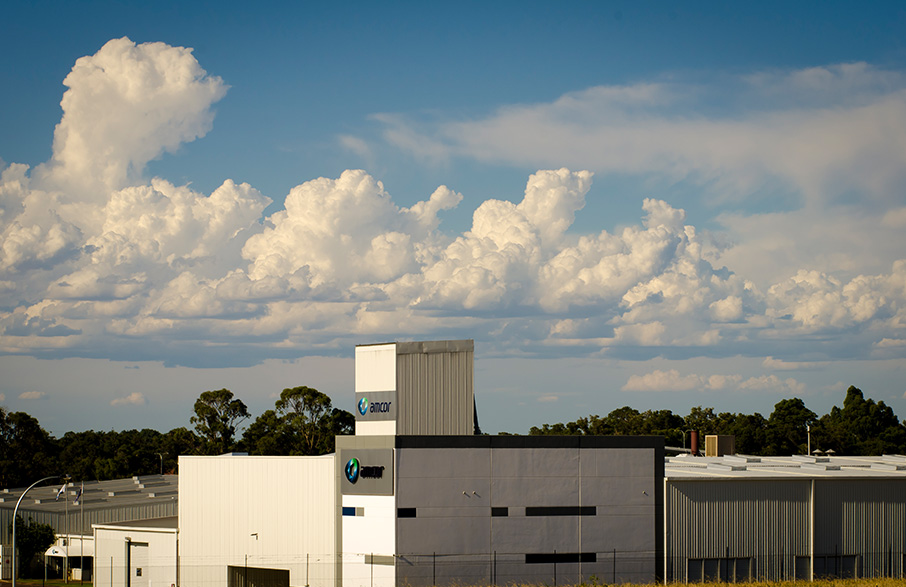
Natural Smoke and Heat Exhaust Ventilation Systems have the following benefits over mechanical smoke exhaust systems, these include this system, Doubles as natural ventilation, Weatherproof when naturally ventilating, Not reliant on electrical supply during emergency, Greater area distribution, Low or nil maintenance and lastly have increased capacity with natural external wind effect.

Typical Scenario Without Smoke Ventilators

The idea of providing ventilation to a fire may seem strange. Common knowledge indicates that depriving a fire of oxygen (by closing up the building) will extinguish it. This supposition overlooks that fact that virtually any industrial or commercial building contains enough oxygen to burn it to destruction. Firefighters talk firsthand of the huge problems they encounter when fire breaks out in buildings without automatic fire ventilators.

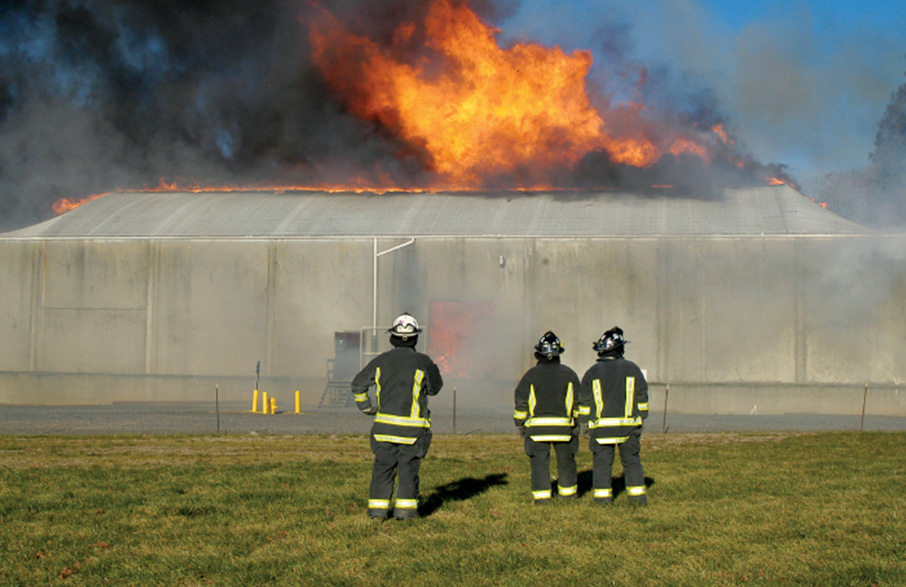
In such a situation the fire travels laterally, often at frightening speed, as it reaches for more oxygen. The resulting thick smoke heat and toxic gases trapped under the roof roll through the building rapidly filling the entire complex and frustrating the efforts of firefighters to enter the building, determine the source of the fire, and begin the fight to save lives and property. As the smoke layer builds and spreads, it heats the building membrane and contents which can cause combustible goods in the building to ignite, contributing to the spread of fire. Often the build-up of poisonous gas and dense black smoke is such a to even thwart the entry of firefighters equipped with sophisticated breathing apparatus. Serious explosions are a significant risk.

The Smoke Ventilation Advantage
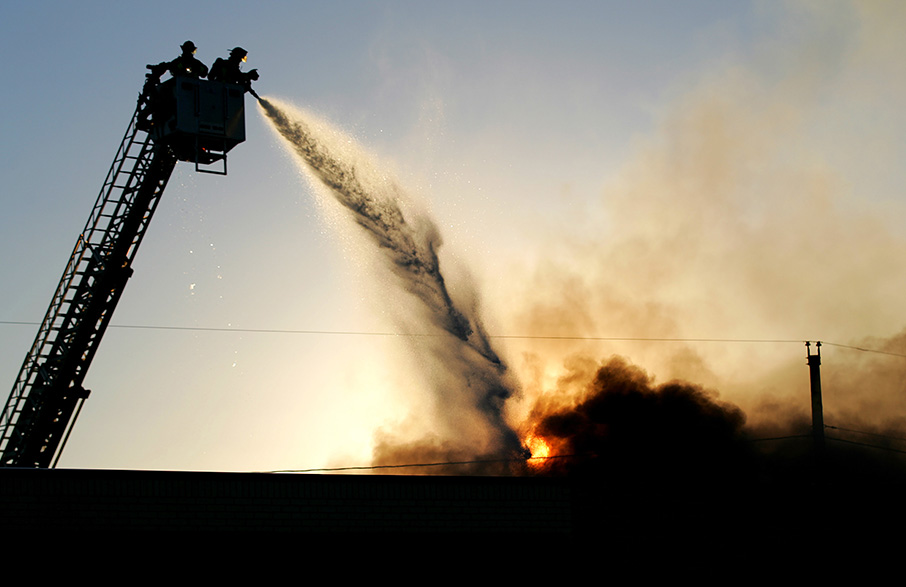
In contrast, using the principles of ventilation and containment, a smoke ventilation system will keep smoke above head height and prevent it spreading around the building. The incorporation of an engineered fire ventilation system will, in the event of a fire, automatically release heat, smoke and general products of combustion. Firefighters are then able to pinpoint approach and have access to the source of the fire. Huff®ventilators reduce the lateral spread of the fire and smoke, prevent explosions by quickly exhausting partially burnt gases and reduce damage by enabling firefighters to apply countermeasures directly onto the fire.

Applications

